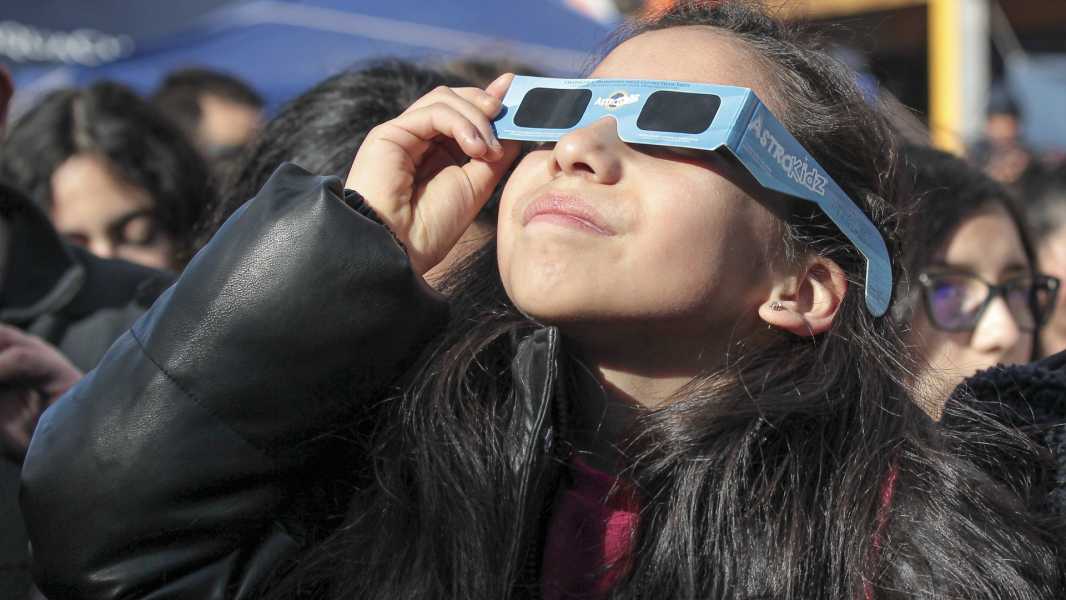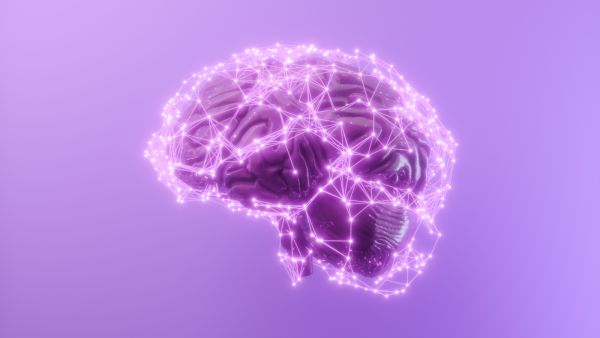
One of the key methods to protect your eyes from damage during a partial eclipse is to use solar eclipse glasses that are certified to the international standard ISO 12312-2. (Image credit: Anadolu/Contributor via Getty Images)
Viewers in parts of the Northern Hemisphere, including 13 states in the northeastern United States, will be able to see a partial solar eclipse tomorrow (March 29).
This phenomenon occurs when the Moon passes between the Sun and the Earth and partially obscures the Sun, creating the illusion that a piece has been cut off from our closest star.
However, looking directly at the Sun without certified eclipse glasses can cause an eye condition known as solar retinopathy, which can lead to permanent vision loss.
What is solar retinopathy and how to protect yourself from it?
What is solar retinopathy?
Solar retinopathy occurs when bright light damages the light-sensitive layer of the retina.
The retina captures light and converts it into signals that the brain interprets as images. Despite its name, solar retinopathy can be caused by any intense light source, including the sun, laser pointers, or the bright light from a welding machine. Solar retinopathy can develop within seconds of exposure to bright light in one or, more commonly, both eyes.
Anyone who looks at the sun, even on a normal day, is at risk of getting solar retinopathy, said Dr. Julie Rosenthal, a clinical assistant professor of ophthalmology and visual sciences at the University of Michigan. But an eclipse is a time when those of us who don’t weld or use lasers can easily be susceptible to such damage, she added.
As Live Science previously reported, people may be especially susceptible to solar retinopathy during a partial eclipse because the dark conditions created by the partial blocking of the sun interfere with the eye's normal protective reflexes.
For example, when it's bright outside, people tend to squint, and their pupils, which regulate the amount of light entering the eye, constrict to protect the retina, said Dr. Sandra Montezuma, a professor of ophthalmology at the University of Minnesota. But when it's dark, the pupils dilate, letting more light into the eye and potentially damaging the retina, she added.
People usually do not feel any damage when looking at the sun because the retina does not have pain receptors.
What are the symptoms of solar retinopathy?
A common sign of solar retinopathy is blurred vision, often with a fuzzy spot in the center of the field of vision. Patients may also experience distorted vision, such as seeing straight lines as crooked or perceiving objects as smaller than they actually are.
Other symptoms include headaches and changes in color perception when the cells responsible for color perception are damaged. Solar retinopathy can also cause blind spots in patients' vision. People may complain of watery eyes or a feeling of discomfort in their eyes.
The longer and more often you look at the sun, the more serious the damage can be. Symptoms of solar retinopathy may appear hours or days after the injury.
An ophthalmologist may take an x-ray of the retina to diagnose solar retinopathy and assess the extent of damage.
Is solar retinopathy treatable?
There is no cure for solar retinopathy, but many people may experience improvement within the first six months after the damage, Dr. Rosenthal said. However, even if patients' symptoms and vision problems improve over time, many may still have persistent dark spots or wavy lines in their field of vision, she added.
In some cases, the retina may be so damaged that it cannot repair itself. This can lead to permanent vision loss in patients.
How can solar retinopathy be prevented?
Doc
Sourse: www.livescience.com





